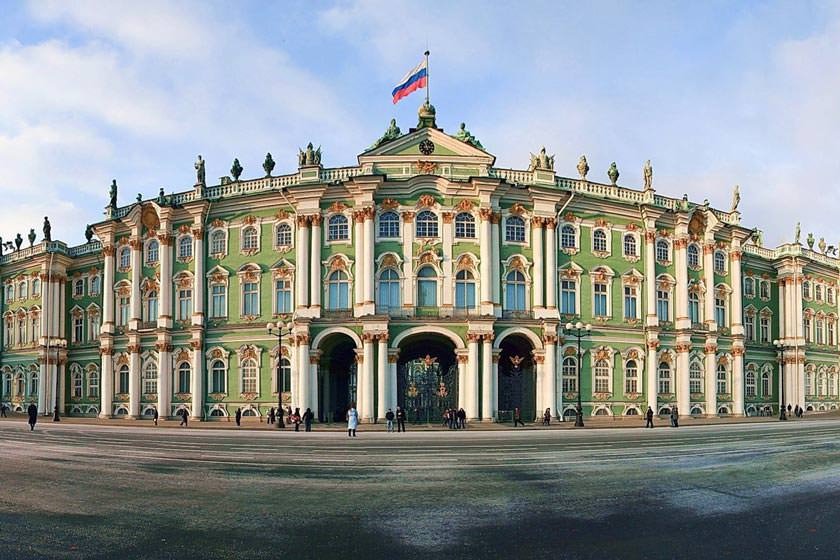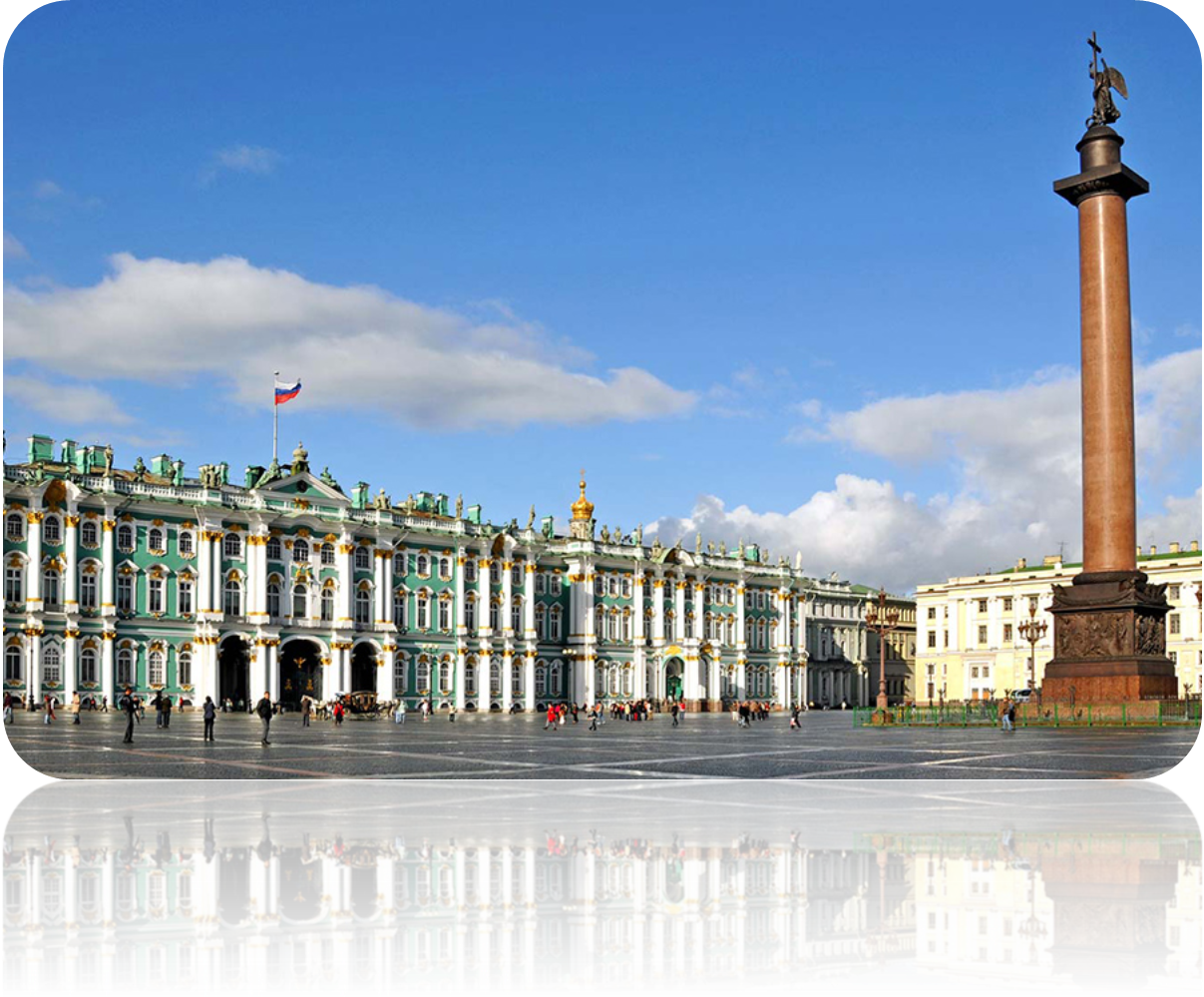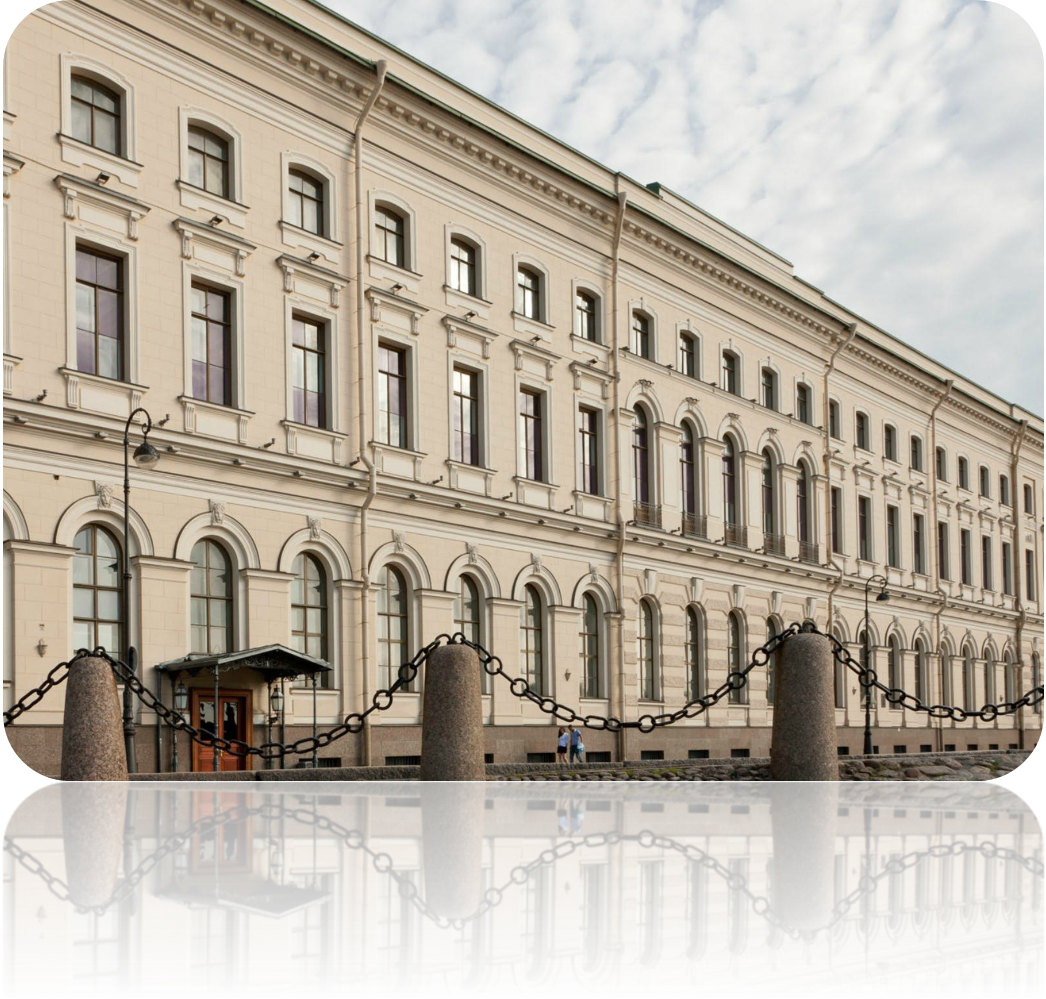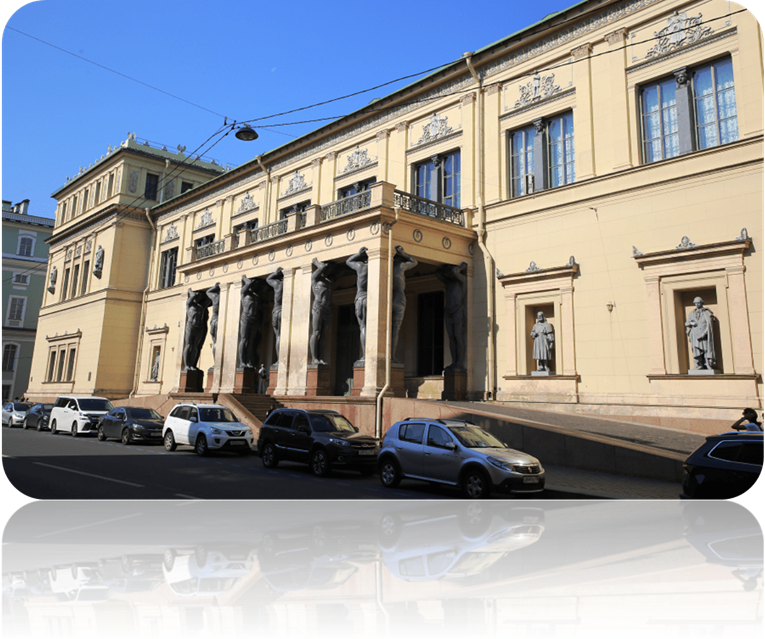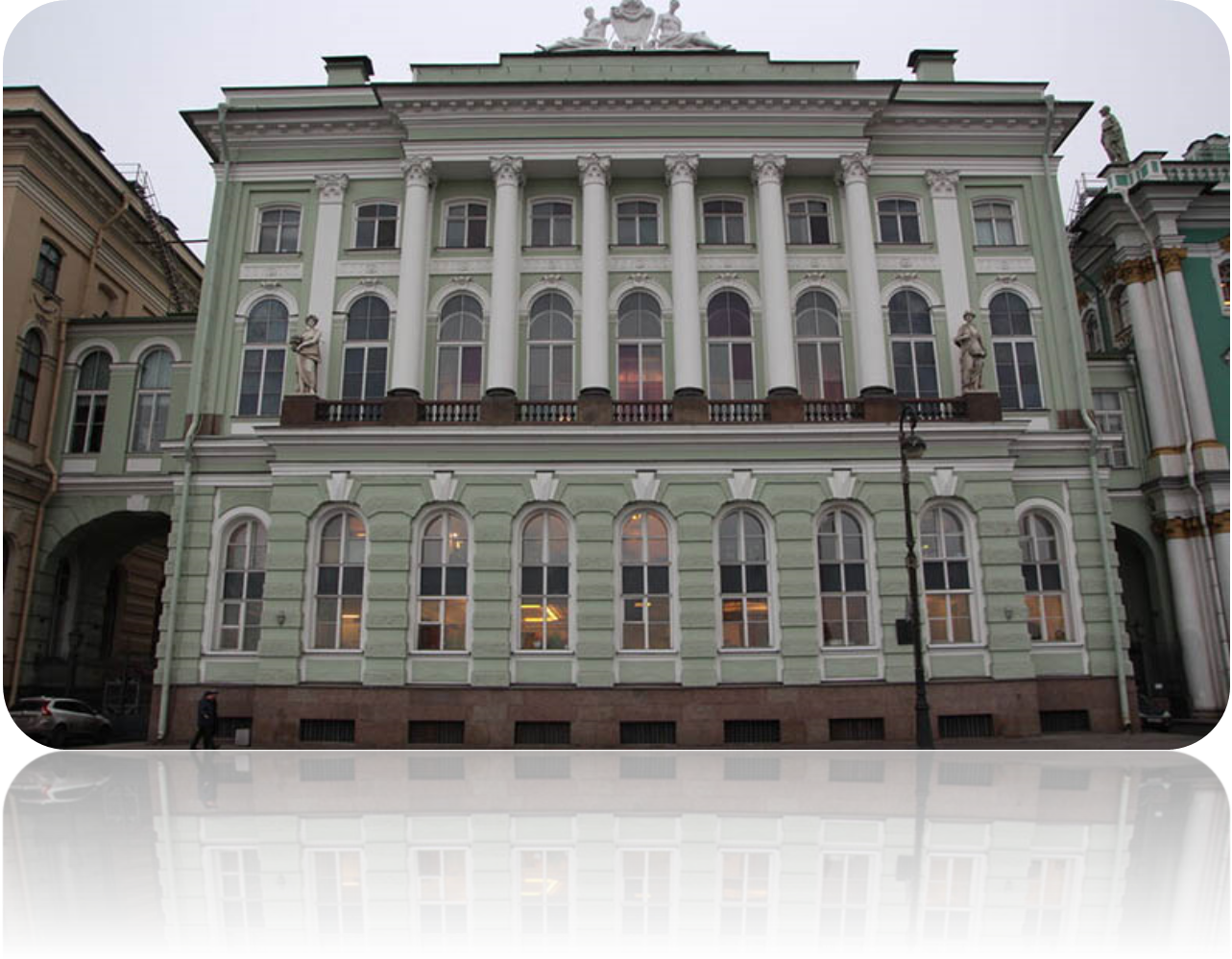Russia has many sights, but one of the most important tourist attractions of this country is the Hermitage Museum. This museum is considered one of the most interesting and mysterious museums in Russia and the city of St. Petersburg, and a book should be written to fully describe it. In this article, Eugene Gosht introduces this museum and provides you with the necessary information to visit it, so that if you are a Russian tour traveler, you can visit the Hermitage Museum with good and sufficient information.
The Hermitage Museum is the second largest museum in the world
The Hermitage Museum, known as Hermitage or Hermitage in Farsi, is one of the top 5 museums in the world. This rare collection actually narrates a show of different historical periods and the empire of the Russian Caesars on this vast land. The Hermitage Museum is also known as the world's largest art gallery, which houses more than 3 million works of art. The Hermitage Museum is located in Saint Petersburg, but it is interesting to know that this museum has official branches in Kazan, Russia, Amsterdam, Holland, Venice, Italy, and Vyborg, Russia.
The original foundation stone of the Hermitage Museum or Hermitage goes back to Elizabeth I, but it can be said that Russians owe most of the works of art purchased in the Hermitage Museum to Catherine the Great. In 1764, he bought more than 200 famous European paintings. After this year, the current complex of the museum, which consists of several palaces, will be used as a place to store the works of the world's best artists, such as Michelangelo, Leonardo da Vinci, Peter Paul Rubens, Antony Van Dyck, Rembrandt, Auguste Rodin, Claude Monet, Paul Cézanne, and Vincent van Gogh. Gogue, Paul Gauguin and Pablo Picasso became. Catherine gathered all the artworks she wanted in her gallery called "My Hermitage"; So that only limited people could see the works of art. It is interesting that Catherine writes in her letter, I am sorry that only I and the palace mice can see and understand this beauty. Until 1917, the Hermitage was only the residence of the queen and the tsars, and after the Russian revolution, it was chosen as a museum by order of Lenin.
After Catherine the Great, it is the turn of Queen Elizabeth. Elizabeth was very fond of architecture, so she ordered her commanders to build such famous buildings as the Winter Palace, the Smolny Monastery, the Petrov Palace, and the Moscow State University. He also orders some trained cats to be left in the treasury to protect the paintings of the Hermitage Gallery so that mice cannot damage the works.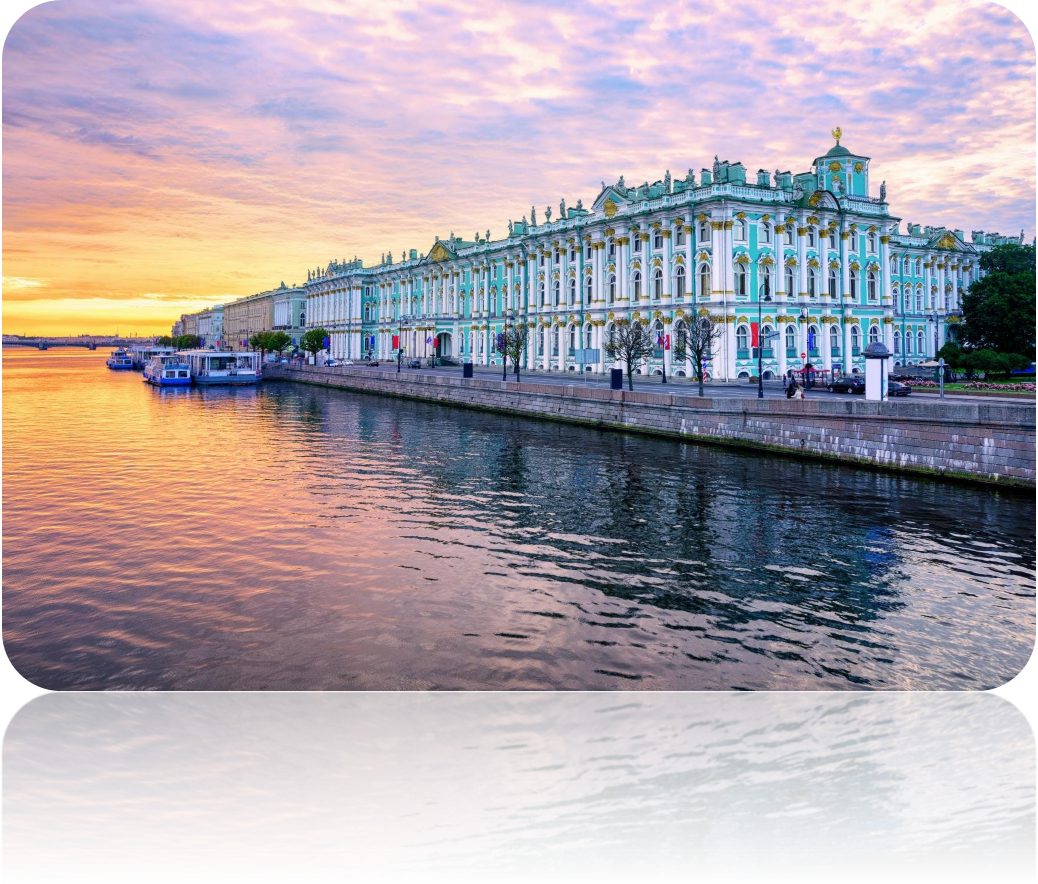
Elizabeth and the Russian Hermitage Museum
Empress Elizabeth or Yelizaveta Petrona was the daughter of Peter the Great who faced many challenges during her reign. For example, there were two wars during Elizabeth's time. It was the first succession of Austria, which was about the succession of the daughter of Charles VI of the Roman Empire named Maria Theresa in 1740 AD. In fact, despite the agreement with Charles VI on the issue of his daughter's succession, Austria's allies broke the treaty and fought with him for 8 years. In fact, the origin of this war goes back to two superpowers, England and Spain, which has a very interesting and readable story.
The second war, known as the 7-year war, was fought between the two powers of North America and Europe between 1756 and 1763. This war affected many neighboring countries including India, Philippines and Africa. The issue of the war was quite clear because the three powers of North America, England and France, were only seeking to occupy their territories and expand their colonies!!
During her empire, Elizabeth did many activities to change the laws of the previous government. He granted many privileges to the nobility and built important buildings, including the Moscow State University, the St. Petersburg Imperial Academy of Arts, the Hermitage Winter Palace, and the Smolny Monastery. It is interesting to know that her favorite architect was Francesco Battalomeo's father, Rasterelli Bartolomeo, who was nicknamed "Royal Chief Architect", so the initial foundation stone of the current Hermitage Museum was created by Elizabeth, which was the residence of the tsars. Elizabeth's favorite style was Baroque, which used white marble, gold decorations, carving and luxury. A very interesting example of the use of baroque style in the Winter Palace is the marble stairs of the palace.
Catherine the Great or Catherine II
Various events happened during the time of Catherine the Great, Empress of the Russians. During her 34 years of rule, Catherine the Great was able to make Russia very powerful; But what is related to the story of the Hermitage is related to the story of Catherine's loneliness and her decision to build the "Seclusion Corner or Hermitage".
According to Peter the Great's will, Elizabeth decides to look for a wife from European neighbors for her grandson Teraz (Peter III), so that she can help the development and progress of Russia in addition to increasing the king's power. Elizabeth decides to choose a German-born girl named Sophia as the king's wife. Sophia is the original German name of Catherine the Great.
After marrying Peter III, Catherine realizes his incompetence, but instead of returning to her homeland, she decides to increase her power. As a result, he, who had already mastered the Italian, French and English language and culture, was forced to learn the Russian language and culture and rule the vast land of the Tsars. He writes in a letter:
"When I realized that the Crown Prince was not interested in me, I wanted to return to Germany, but the splendor of the Russian court was extremely attractive to me".
Unlike Elizabeth, Catherine was interested in the classical style, so the buildings that were built during her time were built according to the minimalist principle. It is interesting to know that at the entrance to the small hermitage building, there is a marble panel with a portrait of Elizabeth, which was installed by order of Catherine.
What is the architectural style of the Russian Hermitage Museum?
The Hermitage Museum has been helped by various architectural styles, but the most obvious architectural style in the buildings and buildings of the Hermitage Museum are inspired by the Baroque style. Baroque style is a European architect's method, whose main purpose is to embed a general space in the center and organize the secondary spaces and the entrance facade of a building. Carving and all furniture are used in this style to create a visual order. It was the birthplace of the Baroque style in Italy.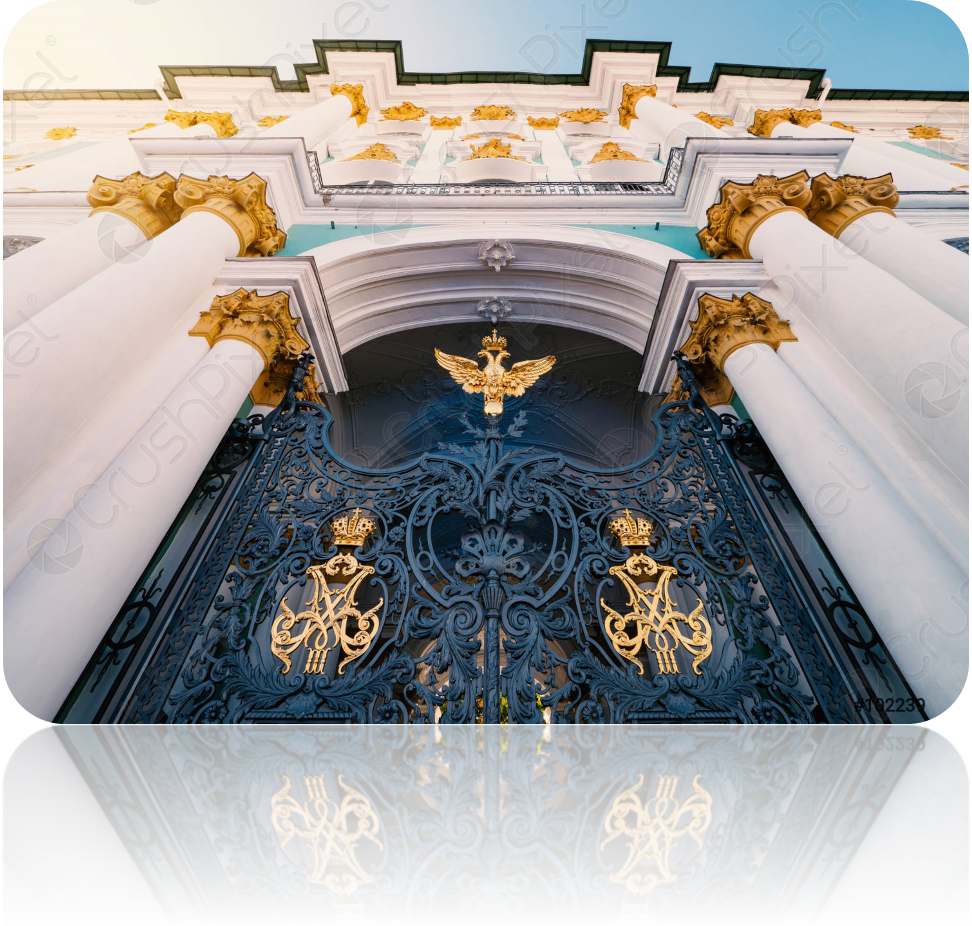
Various buildings of the Hermitage Museum, St. Petersburg, Russia
• The Winter Palace or the First Hermitage: Built from 1754 to 1762 AD by Francesco Bartolomeo under the command of Queen Elizabeth for the winter residence of the tsars' family.
• The small hermitage or the second building: construction date from 1764 to 1769 AD by Yuri Velten and Jane Baptiste by order of Catherine the Great
• Old Hermitage or the third building: construction date from 1771 to 1787 AD by Sury Walton
• Hermitage theater building or the fourth building: construction date from 1783 to 1787 AD by Giacomo Quarangi
• New Hermitage or the fifth building: construction date from 1842 to 1852 AD by Leo von Klenz, Valisky Staus, Nikolai Yefimov
• Reservoir of the Winter Palace: construction date from 1726 to 1742 AD and from 1830 to 1878 AD by Domenico Treggio
Menshikov Palace, St. Petersburg: It was built from 1710 to 1721 AD by famous architects such as Carlo Bartalmoo, Domenico Treggio, and Francesco Fontata to show the Russian art and architecture of the 18th century.
Menshikov Palace
The main area of Ermitage
Old Hermitage
Hermitage Theater building
New Hermitage
Small storage
Winter Palace
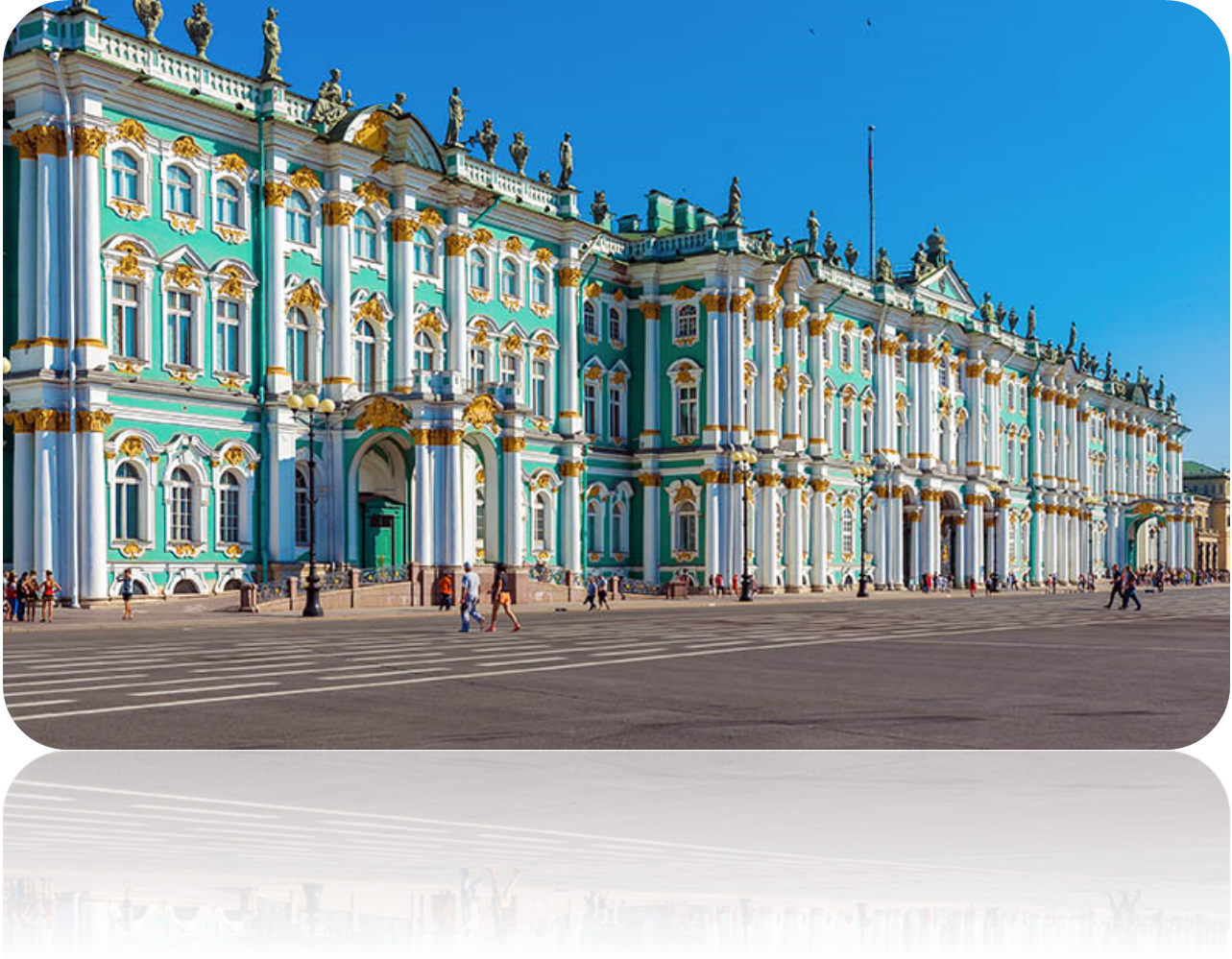
The main characteristics of the Hermitage Museum of St. Petersburg
• Size of the building: 233,345 square meters
Year of establishment: 1764
• The exact date of the museum's establishment celebration: December 7 every year
• Primary founder: Catherine the Great
• Number of fixed works of art kept: 1,013,653 pieces of art
• The number of ancient artifacts in the museum: 784,395 ancient objects
• Number of coins kept: 1,125,623 coins of different periods
• Number of war tools: 13,982 weapons and war tools
• Other works kept in the museum: 212,775 pieces in different fields of art, war and antiquity
• Two famous paintings in the Hermitage Museum: Van Gogh's night painting, Matisse's dance painting
Hermitage works of art and ancient objects
• All kinds of artistic panels
• Royal property such as royal insignia, clothing and jewellery
• Jewelry collection made by Faberge
• The largest collection of ancient gold from Eastern Europe and Western Asia in the world, including the areas of Pazyryk, Pershchepina, Genjieh Troy, Greek, Roman and Egyptian antiquities.
The most important parts of the first floor of the Hermitage Museum
1. In general, the Hermitage Museum has three main floors, each of which has different sections;
2. the main corridor (most photos of the interior of the Hermitage Museum are taken from this part);
3. Corridor of the Winter Palace;
4. Hall of Jupiter, where ancient Roman works are kept;
5. Roman statues and Greek gods;
6. Works related to the Altai region from the 6th to 6th centuries BC;
7. Works related to the Iron Age and civilization of the Siberian region;
8. Works related to the migration of Europeans and the Middle Ages;
9. Golden Room (the world's largest gold collection);
10. BC to Medieval Asian Arts Section;
11. Hall related to Silk Road and North Caucasus;
12. Hall related to war tools from the 15th to the 19th century;
13. West Asian Arts Hall;
14. ancient Egyptian hall;
The most important parts of the second floor of the Hermitage Museum
This floor is one of the busiest floors of the Hermitage Museum, most of its halls are dedicated to the Italian and French culture.
1. Hall related to the Renaissance in the Italian cultural field from the 13th to the 16th century;
2. Leonardo da Vinci Hall of Works;
3. Hall of knights and war equipment from the 15th to the 17th century AD;
4. Ermitage Theater Hall;
5. Hall related to German art from the 15th to the 18th century;
6. Hall related to Dutch art from the 15th to the 16th century;
7. Hanging Garden;
8. Hall related to French architecture and art from the 17th to the 18th century;
9. The years related to Russian art and architecture from the 18th to the 19th century;
10. War of 1812 gallery;
11. Cinder hall of Fleminsh art of the 17th century;
12. new emulation;
13. hall of ancient paintings;
14. white hall (white room);
15. golden drawing room;
16. 17th century Dutch paintings hall;
17. School of Rembrandt (Rembrandt);
18. Raphael Loggias;
19. Van Dyck Hall;
The most important parts of the third floor of the Hermitage Museum
For us Iranians, this floor is one of the most interesting parts of the Hermitage Museum, because most of the cultural and ancient works on the third floor belong to East Asia and Iran, which include the following:
1. Hall of Japanese Arts from the 18th to the 19th century;
2. Hall of Chinese Art and Architecture from the 17th to the 18th century;
3. Hall of Indian Arts and Indian War Tools;
4. Hall of Medieval and Ancient Indian Sculptures;
5. Tibetan Hall;
6. Mongolian Culture Hall;
7. Byzantine art and culture hall from the 4th to the 12th century;
8. Hall of Islamic Arts from the 8th to the 13th century;
9. Hall of silver arts and crafts in the Sassanid era;
10. Hall of Iranian metal arts from the 8th to the 20th century;
11. Iranian miniature hall from the 16th to the 19th century;
12. Iranian ceramic and tile hall from the 15th to the 18th century;
13. Hall of Qajar paintings;
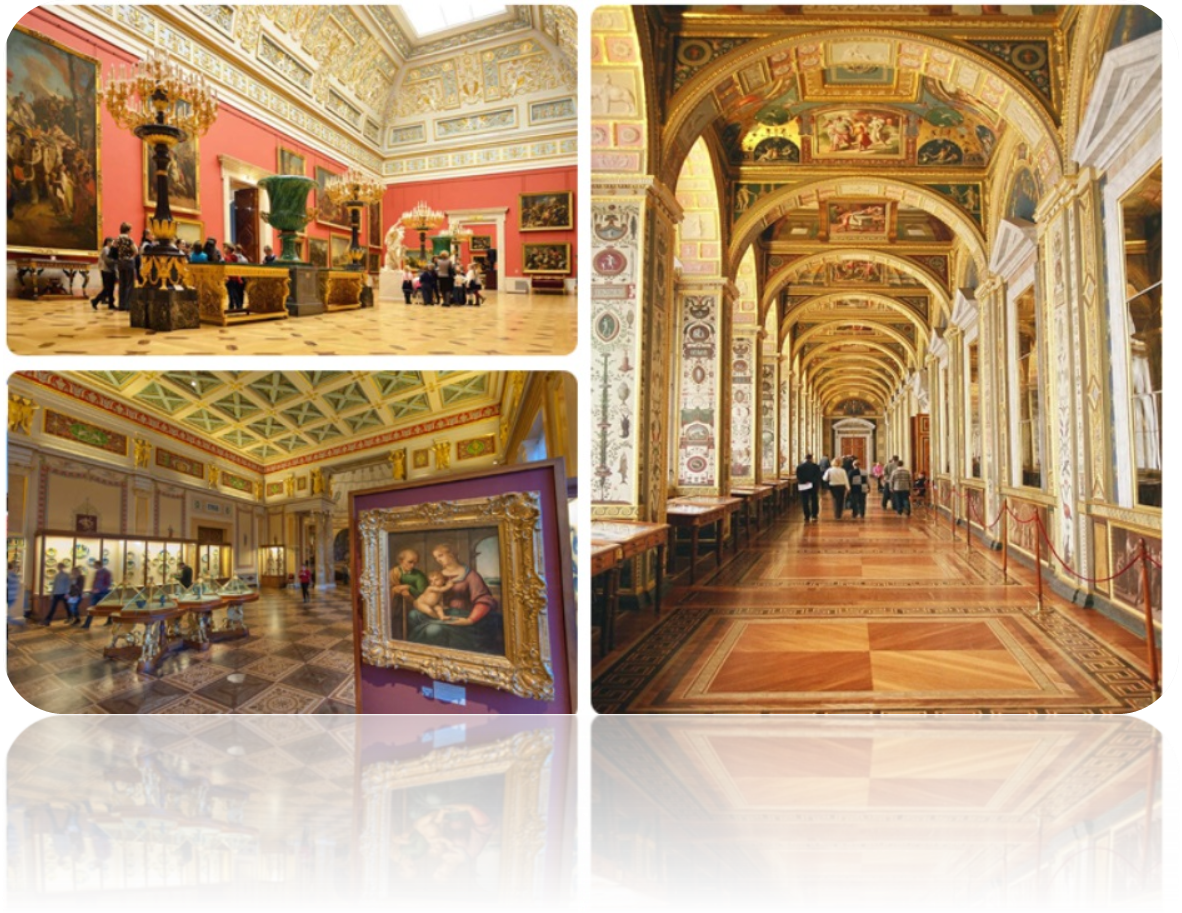
The collection of the Islamic period of the Hermitage Museum
In the Hermitage Museum, there is a separate section for post-Islamic Iranian art. Although unlike other parts of the museum where the exact number of works is known; The exact number of historical objects (from the beginning of Islam to the 20th century AH) has not yet been introduced; But there are two catalogs to introduce some of them. Of course, ancient artifacts related to Iran are kept in the main building of the Hermitage Museum, and a separate unit has been considered for the Islamic section.
Note: Most of the Iranian works of the museum are located on the third floor of the building, the most important of which is the Pazyrik carpet.
The address of the Hermitage Museum
Russia, St. Petersburg, Dvortsovaya Naberezhnaya St.
Russia is one of the countries whose travelers say after their trip, "we are very satisfied with what we paid for this trip". This beautiful country has famous and beautiful tourist attractions, each of which can occupy a whole day of your Russia tour. As the largest art gallery and the best museum in Russia, the Hermitage Museum is the best tourist attraction of this country.
If you, dear ones, visited the Hermitage Museum or know an interesting story about it, we are eagerly waiting to hear it.
